Moses' Rock
At the start of their 40 years of wandering in the wilderness, God instructed both Aaron and Moses to strike a rock to bring forth water. This happened in the Desert of Sin at the waters of Massah and Meribah as noted in Exodus 1:1-17
EX 17:1 The whole Israelite community set out from the Desert of Sin, traveling from place to place as the LORD commanded. They camped at Rephidim, but there was no water for the people to drink. 2 So they quarreled with Moses and said, "Give us water to drink."
Moses replied, "Why do you quarrel with me? Why do you put the LORD to the test?"
EX 17:3 But the people were thirsty for water there, and they grumbled against Moses. They said, "Why did you bring us up out of Egypt to make us and our children and livestock die of thirst?"
EX 17:4 Then Moses cried out to the LORD, "What am I to do with these people? They are almost ready to stone me."
EX 17:5 The LORD answered Moses, "Walk on ahead of the people. Take with you some of the elders of Israel and take in your hand the staff with which you struck the Nile, and go. 6 I will stand there before you by the rock at Horeb. Strike the rock, and water will come out of it for the people to drink." So Moses did this in the sight of the elders of Israel. 7 And he called the place Massah and Meribah because the Israelites quarreled and because they tested the LORD saying, "Is the LORD among us or not?"
This location will be somewhere in southwestern Sinai Peninsula before arriving in Mount Sinai in south Sinai.
Interestingly the same scenerio was played out 40 years later with the people complaining bitterly against Aaron and Moses that they do not have water (note they are still using the same arguments). This time they are in another place also called Meribah (similar name) at Kadesh-Barnea within the Desert of Zin (not Sin). This time God commanded Aaron and Moses to speak to the rock as noted in Numbers 20: 2-11.
NU 20:2 Now there was no water for the community, and the people gathered in opposition to Moses and Aaron. 3 They quarreled with Moses and said, "If only we had died when our brothers fell dead before the LORD! 4 Why did you bring the LORD's community into this desert, that we and our livestock should die here? 5 Why did you bring us up out of Egypt to this terrible place? It has no grain or figs, grapevines or pomegranates. And there is no water to drink!"
NU 20:6 Moses and Aaron went from the assembly to the entrance to the Tent of Meeting and fell facedown, and the glory of the LORD appeared to them. 7 The LORD said to Moses, 8 "Take the staff, and you and your brother Aaron gather the assembly together. Speak to that rock before their eyes and it will pour out its water. You will bring water out of the rock for the community so they and their livestock can drink."
NU 20:9 So Moses took the staff from the LORD's presence, just as he commanded him. 10 He and Aaron gathered the assembly together in front of the rock and Moses said to them, "Listen, you rebels, must we bring you water out of this rock?" 11 Then Moses raised his arm and struck the rock twice with his staff. Water gushed out, and the community and their livestock drank.
Interestingly the rock incident as narrated above occured about 100 km west in modern Israel (ancient Kadesh). However it is claimed that the site is in Jordan and in 1991, the Jordan government built the structure below over a spring, claiming this is where the rock incident occurred.
 |
| Moses' Rock built over a spring |
 |
| the rectangular pool into which fresh spring water flows. |
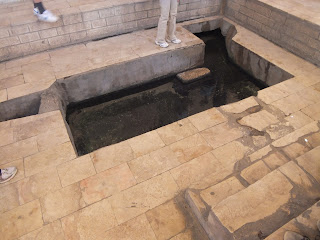 |
| fresh cold spring water flows into the pool from the inlet on the top left hand corner |
 |
| a dear sister reaching for the waters |
 |
| The rock which Moses is alleged to have struck is at the right upper corner of the photo |
This analogy comes to mind. I was born in the labour room of Penang General Hospital. I do not know if that room exist anymore or where it is. What if I should visit the hospital now and someone tells me that the location of the labour room. If I go and stand there, will it make me less or more of who what I am? Will being in the place help me to celebrate that I am conceived in love by my parents? And will it influence who I am today? What if the person directed me to the wrong place? Will it make a difference? The narrative of our lives are sacred but the places are not. Ancient Israelites were taught to lay down stones of remembrance (ebenezer). These stones are to stimulate the tribal memories, they are not to be worshiped.
So I resolved before leaving to go on this pilgrimage to look for God's Presence on basis of the biblical narratives alone. I am not there to worship the physical land and sites.The heritage that God promises me is not the physical land of the ancient Israelites but a spiritual land that is yet to be. I know I will walk there one day. Today, I am contented to walk the land my Lord Jesus Christ has walked during His time on earth. Soli Deo Gloria.
.
.
Labels: HolyLand, Old Testament





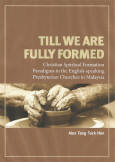

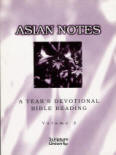





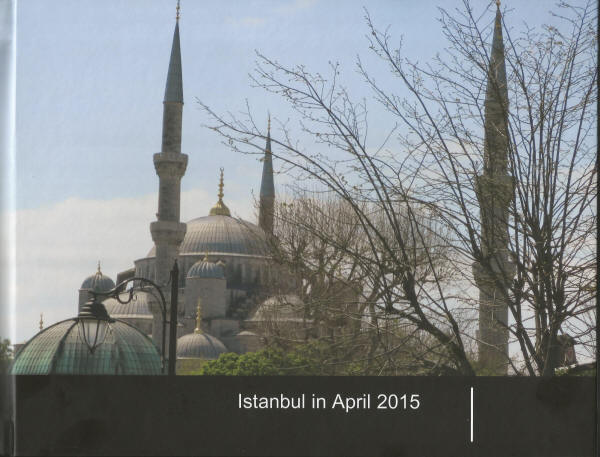
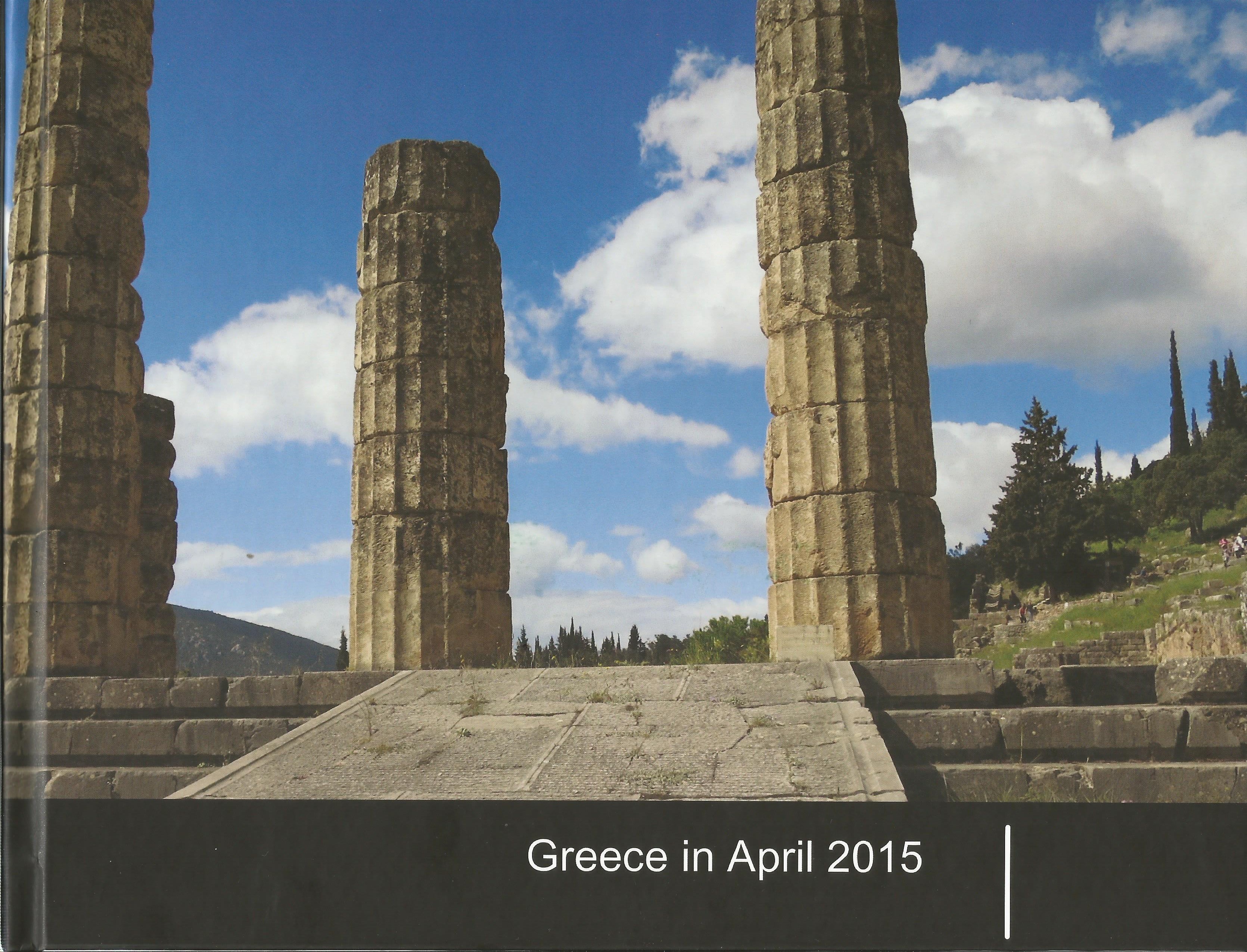
2 Comments:
Good approach and nice way to put things in perspective. . I remember finding it hard to believe and get excited over claims like "this is the tree Zaccheus cilmbed" or "this is the burning bush of Moses" :-)
But it is so helpful to reflect upon the significance o the events
thanks Paul for the affirmation. I am slowly using this to process my experiences and learn from them. Do not want to waste the trip as if it is a great holiday.
Post a Comment
<< Home